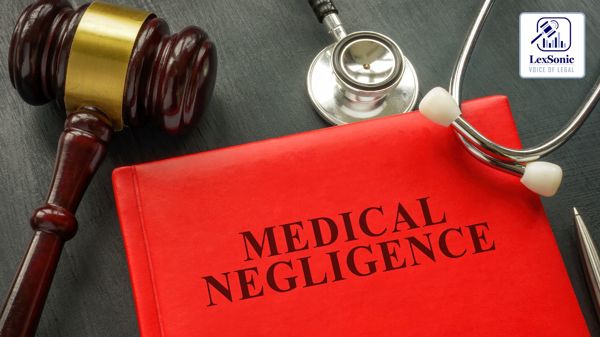Navigating Medical Negligence: Lessons from a PTOSIS Surgery Case.
25 October 2024
Medical Negligence >> Family Law | Medical, Pharma & Healthcare >> Miscellaneous
In a significant legal ruling in the matter of Neeraj Sud & Another v/s Jaswinder Singh (Minor) & Another, the National Consumer Disputes Redressal Commission (NCDRC) addressed the complexities of medical negligence in the context of a PTOSIS surgery performed by Dr. Neeraj Sud at the Post Graduate Institute of Medical Education & Research (PGI), Chandigarh. This case underscores the challenges faced by patients seeking compensation for perceived medical negligence and the stringent requirements for proving such claims.
Case Background:
The appeals arose from a common judgment delivered by the NCDRC on August 24, 2011, concerning a complaint filed against Dr. Neeraj Sud and PGI. The complainants, a father and his minor son, alleged medical negligence after a surgery conducted on June 26, 1996, aimed at correcting the son’s drooping eyelid, or PTOSIS. Initially, the complaint was dismissed by the State Commission, which found no evidence of negligence. Upon appeal, the NCDRC partially overturned this ruling, holding the defendants liable for compensation of Rs. 3,00,000, citing inadequate care during treatment.

The Allegations:
The complainants contended that the surgery was performed negligently, resulting in a deterioration of the son’s condition post-operation, with vision declining from 6/9 to 6/18 and the development of double vision. They sought a total compensation of Rs. 19,55,000 for pain, suffering, and additional medical costs.
Defendants' Response:
In defense, Dr. Neeraj Sud and PGI argued that the surgery was executed with due care and expertise. They highlighted that Dr. Sud had significant experience and was fully qualified to perform PTOSIS surgeries. Furthermore, they pointed out that complications can arise in medical procedures and that such outcomes do not necessarily equate to negligence. The defendants emphasized that the patient's post-operative complications were not indicative of improper treatment but rather a common risk associated with such surgeries.
NCDRC's Findings:
The NCDRC's decision was based primarily on a review of the medical records, which indicated that the patient had normal vision prior to surgery. The Commission concluded that the post-surgery deterioration could be attributed to negligence, a finding contested by the defendants.
The Legal Standards for Medical Negligence
In assessing the allegations, the court underscored the standards of actionable negligence in medical practice, which typically include:
Duty of care owed to the patient,
Breach of that duty,
Consequential damage resulting from the breach.
The ruling also referenced the "Bolam test," which posits that a doctor is not considered negligent if they act in accordance with the accepted standards of medical practice unless proven otherwise by expert testimony.
The Supreme Court's Ruling:
In a later ruling, the Supreme Court found that the NCDRC's determination of negligence was unsupported by sufficient evidence. It reiterated that merely failing to achieve a successful outcome does not inherently signify negligence. The Court emphasized that the complainants had not provided any expert testimony to establish that Dr. Sud had deviated from accepted medical standards.
Consequently, the Supreme Court restored the State Commission's original judgment, dismissing the claim of negligence and denying any compensation to the complainants.
Conclusion:
This case illustrates the critical importance of evidence in medical negligence claims. The courts require robust proof of a breach of duty and resulting harm, which the complainants failed to establish. The ruling serves as a reminder that negative surgical outcomes do not automatically imply negligence, and highlights the high threshold that must be met for claims against medical professionals.
